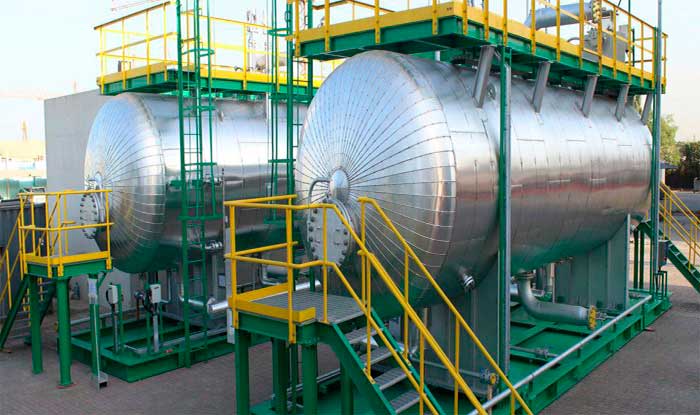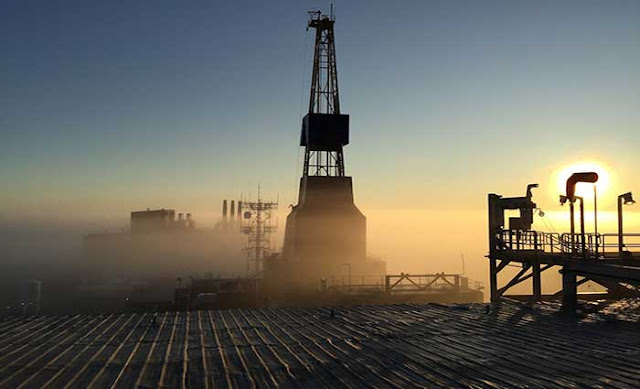The Pumping and Extraction of Oil
THE ICONIC FIGURE IN THE OIL EXTRACTION CORRESPOND TO THE EXTRACTION SYSTEM KNOWN AS A ROD PUMP, WHILE IT HAS RECEIVED MULTIPLE NAMES DUE TO ITS SINGULAR FORM AND MOVEMENT.
When there is not enough pressure in the oil fields for the hydrocarbon to flow to the surface on its own, the rod pump is also used, also known as guanaco or stork, which is the surface part of a piston pump. Through it, it can be pumped from a depth of 10,000 feet or 3.05 kilometers deep through its pendular motion.
The components of the Rod Pump are linked in a mechanical chain reaction that translates the circular motion into a pump that flows from the bottom up. Depending on its size, it can produce between 5 and 40 liters of crude oil and water for each movement it performs and its dimensions are determined by the depth and weight of the oil to be extracted.
A complete cycle can take less than a minute, so it is possible to extract between 7 to 20 barrels per hour, depending on the speed setting of the pump.
An electric or sometimes combustion engine activates a pulley system that moves a counterbalanced connecting rod and thus counterbalances for the weight of the steel bars that reach the bottom of the well. The crank arm is attached to a Pitman arm in an almost horizontal arrangement, connected to a weight known as "horse head", located at the end of the pendulum. A steel cable, which is sometimes made of fiberglass, connects the head with the polished rod, which passes through a sealing box and follows the curve of the head as it goes up and down to create a vertical movement.
These types of pumps have been used for many years, specifically since the 18th century, and are commonly used in land wells that produce relatively little oil, but have the advantage of being relatively cheap and easy to configure and maintain in multiple locations.
When there is not enough pressure in the oil fields for the hydrocarbon to flow to the surface on its own, the rod pump is also used, also known as guanaco or stork, which is the surface part of a piston pump. Through it, it can be pumped from a depth of 10,000 feet or 3.05 kilometers deep through its pendular motion.
 |
| With the rod pump, it is possible to extract between 7 and 20 barrels per hour |
The components of the Rod Pump are linked in a mechanical chain reaction that translates the circular motion into a pump that flows from the bottom up. Depending on its size, it can produce between 5 and 40 liters of crude oil and water for each movement it performs and its dimensions are determined by the depth and weight of the oil to be extracted.
A complete cycle can take less than a minute, so it is possible to extract between 7 to 20 barrels per hour, depending on the speed setting of the pump.
An electric or sometimes combustion engine activates a pulley system that moves a counterbalanced connecting rod and thus counterbalances for the weight of the steel bars that reach the bottom of the well. The crank arm is attached to a Pitman arm in an almost horizontal arrangement, connected to a weight known as "horse head", located at the end of the pendulum. A steel cable, which is sometimes made of fiberglass, connects the head with the polished rod, which passes through a sealing box and follows the curve of the head as it goes up and down to create a vertical movement.
 |
| Rod pumps have been used since the 18th century |
These types of pumps have been used for many years, specifically since the 18th century, and are commonly used in land wells that produce relatively little oil, but have the advantage of being relatively cheap and easy to configure and maintain in multiple locations.



